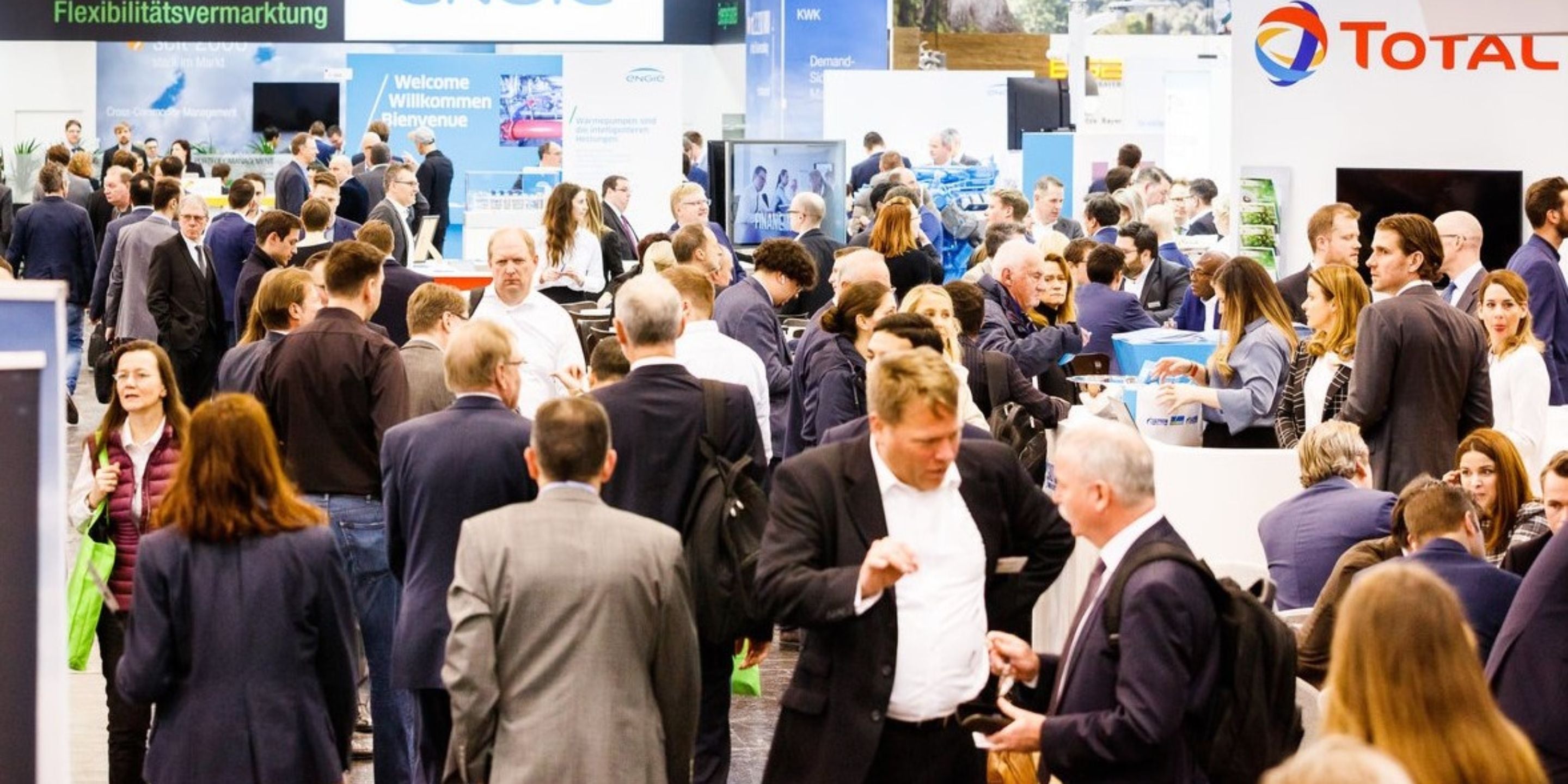When European energy traders assembled in Germany at the end of February for E-World, coronavirus was already making its presence felt and concerns were rising. The number of attendees was lower than it has been in the past. Plenty of people cancelled meetings as we saw the beginning of what has now become a much more widespread movement to halt large gatherings and limit face-to-face interactions.
Perceptions of the risk that coronavirus poses to the power and gas trading markets vary enormously, and certainly the oil majors are taking the macro risks much more seriously given the now apparent impact on global travel plans and supply chains. However, with natural gas prices already at historic lows, in part down to the mild winter in the Northern Hemisphere, the coronavirus outbreak looks set to further impact LNG demand. The industry is moving to reroute supplies to Europe that had previously been headed to mainland China, where manufacturing output has collapsed in the wake of the outbreak.
On a positive note, much was discussed in Essen about the emergence of new next-generation prime power markets in the Iberian Peninsula, Nordics and Japan. A number of companies are now talking actively about revamping their trading teams in the Iberian Peninsula across gas, power and LNG, while others are looking to get much more actively involved in the growth coming out of Japanese power. We see people exploring how to get a better understanding of the Japanese market, with demand growing for Japanese speakers and decisions being made about whether to establish Japanese trading desks out of Singapore or Europe.
Meanwhile, efforts to decarbonise gas continue unabated, with particular headway now being made on hydrogen and low methane gas projects. In December, Platts announced the publication of a first to market suite of hydrogen price assessments. Equinor is now leading the charge in transitioning from offshore drilling to offshore wind, while the likes of Ørsted are pushing for a hydrogen value chain, offering offshore wind a route to zero curtailment. Using wind to produce green hydrogen alleviates congestion in the electricity grid and the hydrogen produced can also be used to store energy and compensate for seasonal fluctuations in output from renewables.
With hydrogen also easy to transport using existing gas pipelines, and suitable for use in engines, gas turbines and fuel cells, it is unlikely to be long before the oil majors follow market leaders Equinor and Ørsted down the same path. For now, there is a paucity of talent in hydrogen and organizations are trying to work out how to develop the requisite knowhow.
Finally, another continuous topic at E-world was the use of green power purchase agreements (PPAs) and corporate PPAs as a driver to reach climate change goals. Corporates bought a record amount of clean energy through PPEs in 2019, up more than 40% on the previous year’s record, according to a study by Bloomberg New Energy Finance. The majority of purchasing occurred in the US, but worldwide some 19.5GW of clean energy contracts were signed by more than 100 corporations in 23 countries, up from 13.6GW in 2018.
From a talent point of view, we see a focus on growing PPA origination teams across various corporate players, with a shortage of talent already evident in that market generally, as well as in specific countries including Germany and Spain.
As we move towards the second quarter of 2020, we are keen to see how the gas and power markets are going to evolve in the wake of a frankly bearish atmosphere at E-World. With natural gas prices coming close to 20-year lows in the US, it is little wonder that European energy traders are downbeat, with fears that gas prices could yet go lower on this side of the Atlantic also.
The coronavirus outbreak adds another sinking feeling, but we still see plenty of pockets of demand for new talent. Growth is on the agenda for a number of players, bent on capitalising on next generation prime power markets and decarbonisation opportunities.

